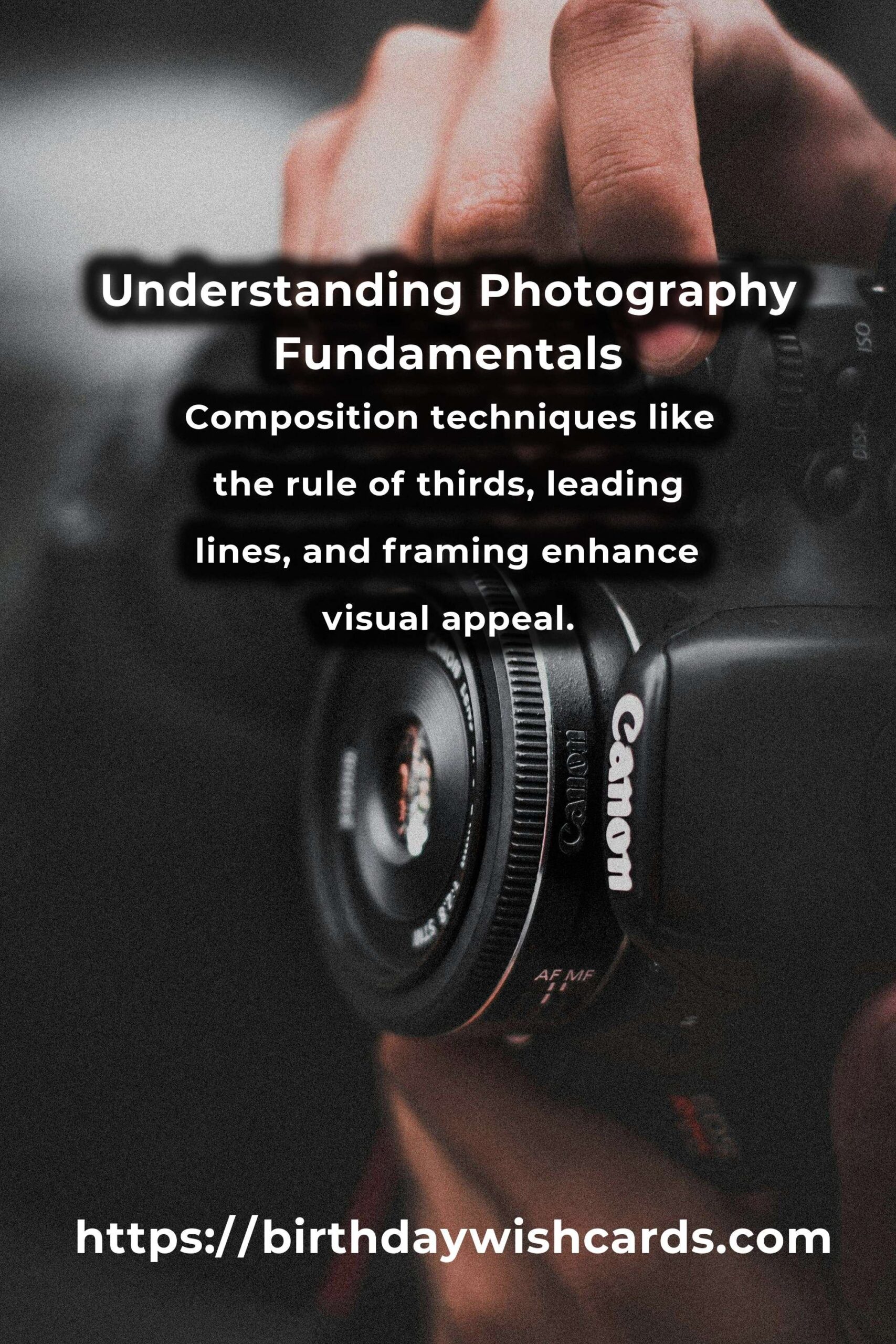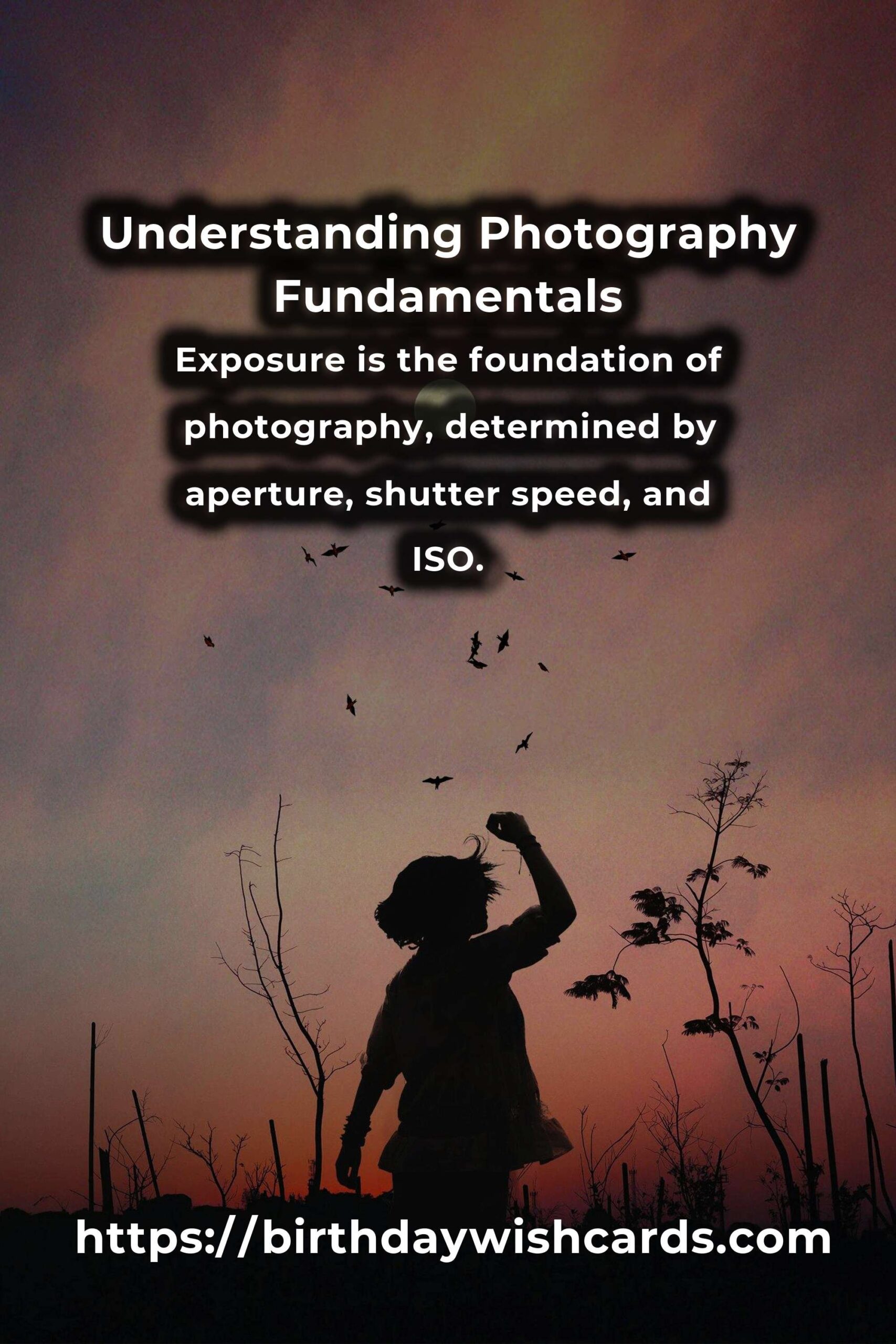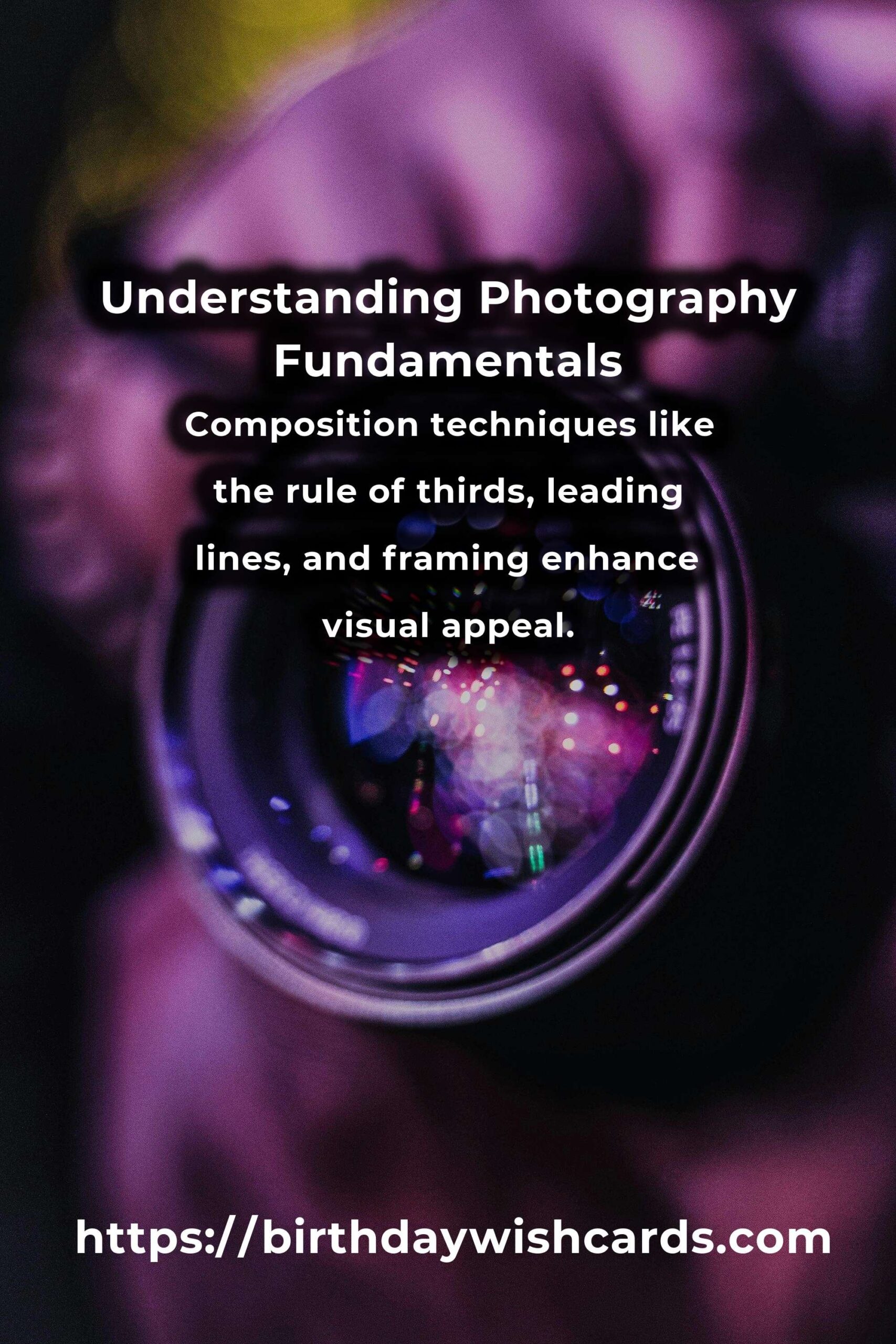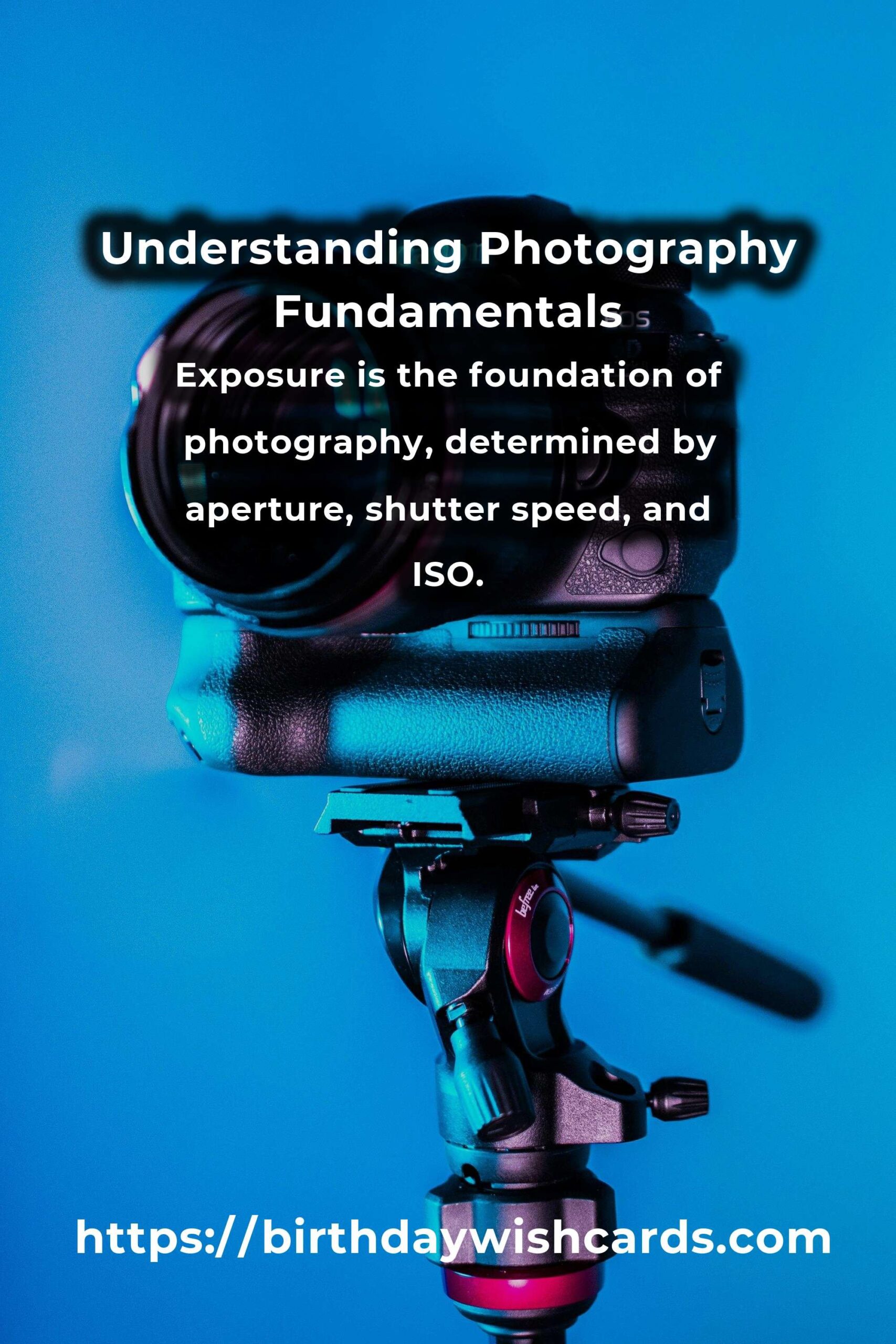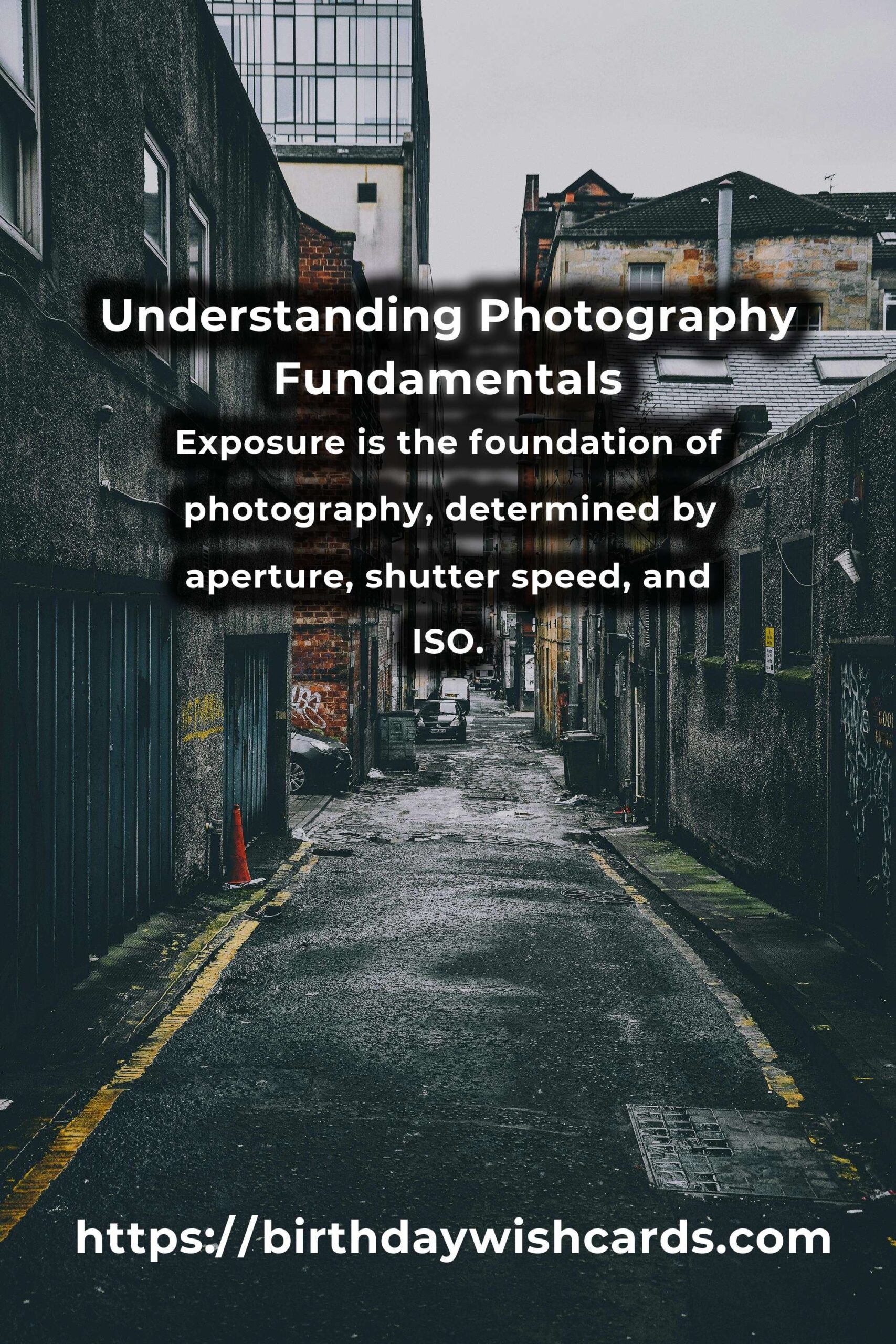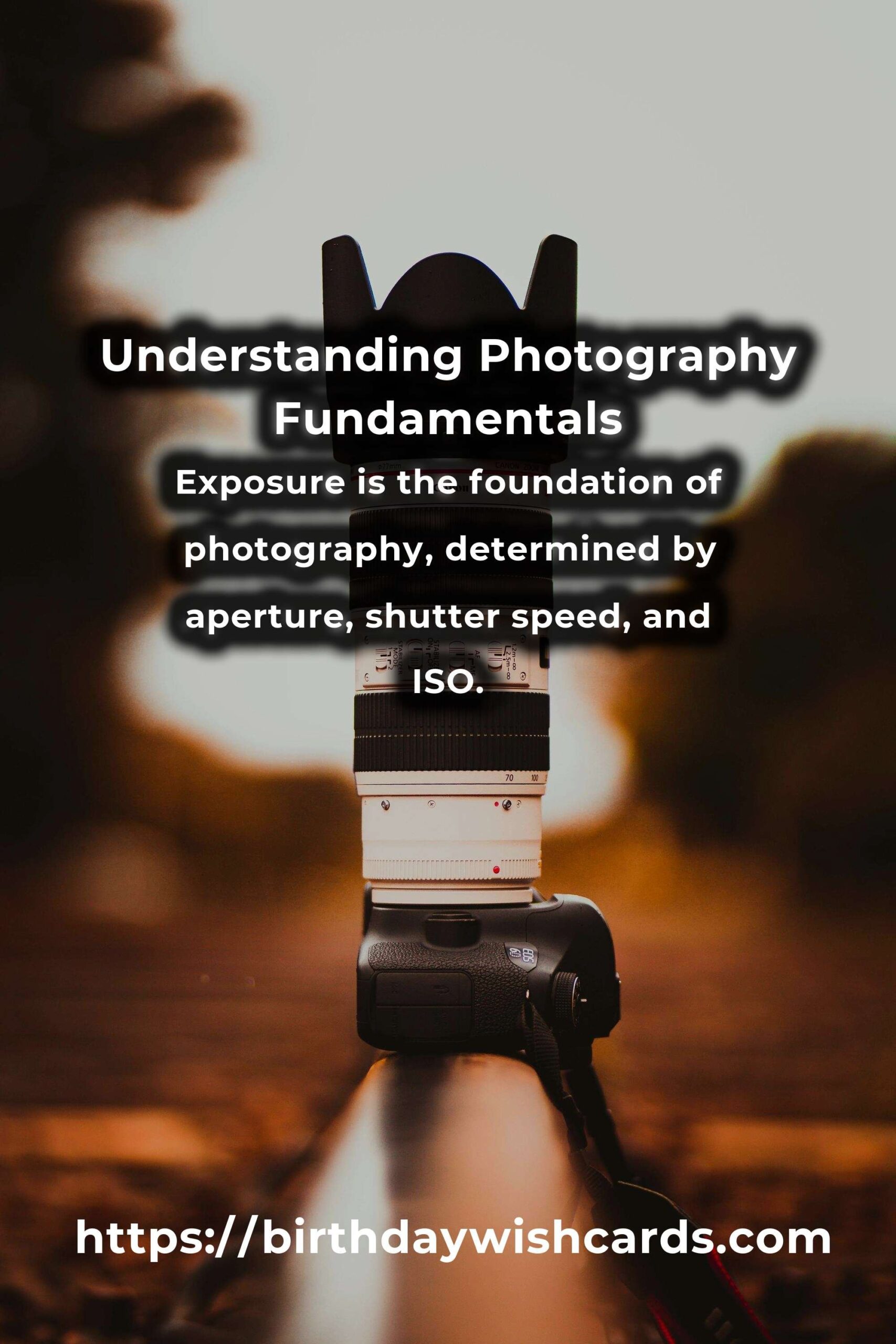
Photography is an art form that captures moments, emotions, and stories through the lens of a camera. For beginners, understanding the basics of photography is crucial to mastering this craft. This article aims to demystify the fundamental concepts of photography, offering essential lessons that will help you improve your skills and take stunning photographs.
Understanding Exposure
Exposure is the foundation of photography. It determines how much light is captured by the camera sensor. The three main elements that control exposure are aperture, shutter speed, and ISO. Understanding how these elements work together is key to taking well-exposed photos.
Aperture
Aperture refers to the size of the opening in the lens through which light enters the camera. It is measured in f-stops. A wider aperture (lower f-stop number) allows more light to hit the sensor, creating a shallow depth of field, ideal for portraits. Conversely, a smaller aperture (higher f-stop number) allows less light but increases the depth of field, making it suitable for landscapes.
Shutter Speed
Shutter speed controls the duration the camera’s shutter remains open to allow light in. A fast shutter speed can freeze motion, making it perfect for capturing fast-moving subjects. On the other hand, a slow shutter speed can create motion blur, adding a sense of movement to your images.
ISO
ISO measures the camera sensor’s sensitivity to light. A lower ISO is suitable for bright conditions, producing images with less noise. In low-light situations, a higher ISO can be used, but it may introduce noise or grain to the images.
Composition Techniques
Composition is the arrangement of elements within a photograph. Mastering composition techniques can significantly enhance the visual appeal of your images.
Rule of Thirds
The rule of thirds involves dividing your frame into a 3×3 grid and placing the subject along these lines or their intersections. This technique creates balance and interest in your photos.
Leading Lines
Leading lines guide the viewer’s eye through the image, drawing attention to the main subject. They can be straight, curved, or diagonal lines that lead the eye naturally.
Framing
Framing involves using elements within the scene to create a ‘frame’ around your subject. This technique adds depth and context to your photographs.
Lighting in Photography
Lighting is a critical aspect of photography, influencing the mood, tone, and atmosphere of an image. Understanding different lighting conditions and how to work with them is essential for capturing stunning photographs.
Natural Light
Natural light varies throughout the day, offering different qualities for photography. The golden hour, shortly after sunrise or before sunset, provides soft, warm light ideal for capturing portraits and landscapes. Midday sun can be harsh, creating strong shadows, but can be used creatively with the right techniques.
Artificial Light
Artificial light sources, such as flashes and studio lights, provide control over lighting conditions. Understanding how to balance and manipulate artificial light can enhance your photography, especially in studio settings.
Post-Processing Basics
Post-processing involves editing your images after they have been captured, enhancing their overall appearance. Familiarizing yourself with basic editing tools can transform your photographs.
Editing Software
Popular editing software like Adobe Lightroom and Photoshop offer powerful tools for adjusting exposure, contrast, color balance, and sharpness. Learning how to use these tools effectively can elevate your photography to new heights.
Maintaining Originality
While editing is important, maintaining the originality and authenticity of your photographs is crucial. Avoid over-editing, which can make images appear unnatural.
In conclusion, understanding the fundamentals of photography is essential for any beginner looking to improve their skills. By mastering exposure, composition, lighting, and post-processing, you can create captivating images that tell a story and evoke emotions.
Photography is an art form that captures moments, emotions, and stories through the lens of a camera. Exposure is the foundation of photography, determined by aperture, shutter speed, and ISO. Composition techniques like the rule of thirds, leading lines, and framing enhance visual appeal. Lighting influences the mood, tone, and atmosphere of an image, with both natural and artificial light offering unique qualities. Post-processing involves editing images to enhance their appearance, using tools like Adobe Lightroom and Photoshop.
#PhotographyBasics #Exposure #Composition #Lighting #PostProcessing

